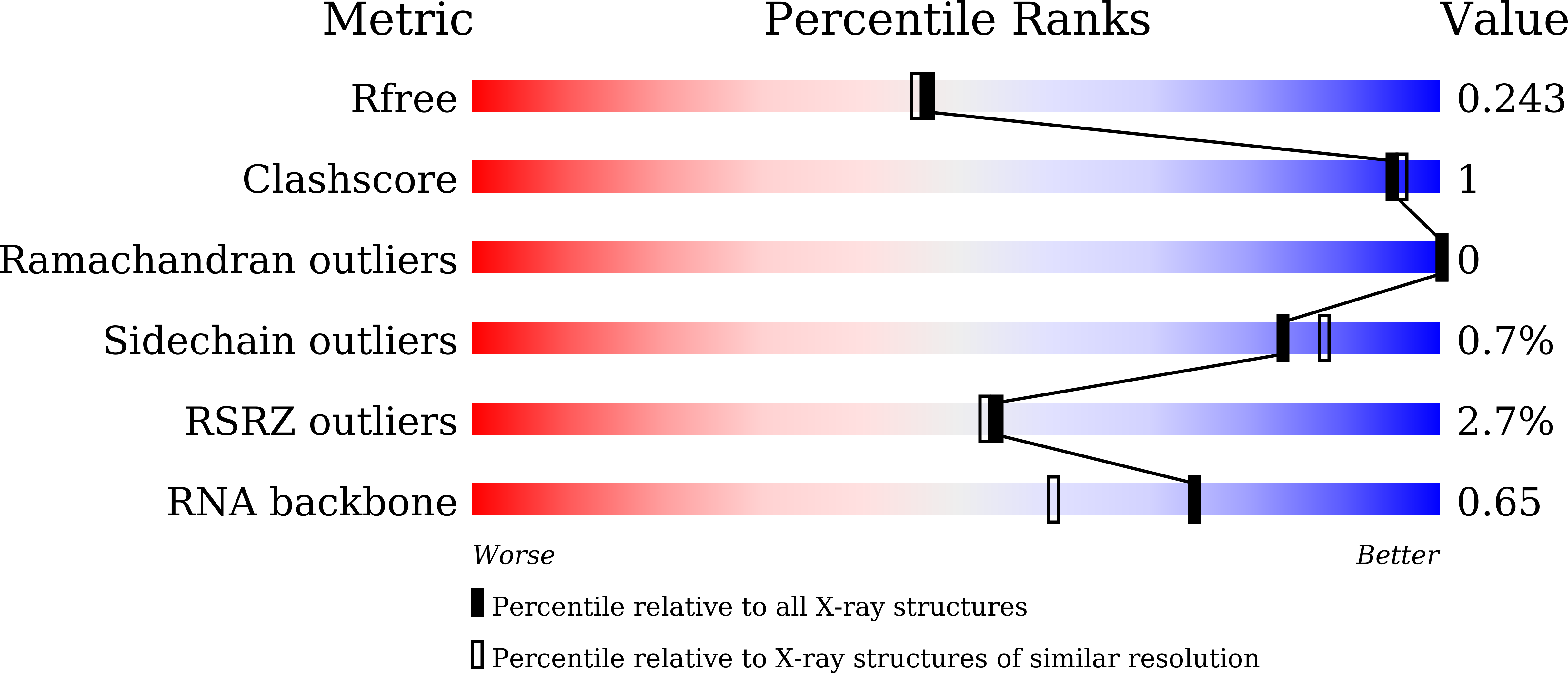
Deposition Date
2022-01-10
Release Date
2023-04-26
Last Version Date
2023-11-29
Entry Detail
Biological Source:
Source Organism:
Vibrio phage ICP1_2011_A (Taxon ID: 1296592)
Host Organism:
Method Details:
Experimental Method:
Resolution:
2.00 Å
R-Value Free:
0.24
R-Value Work:
0.21
R-Value Observed:
0.21
Space Group:
P 61 2 2


